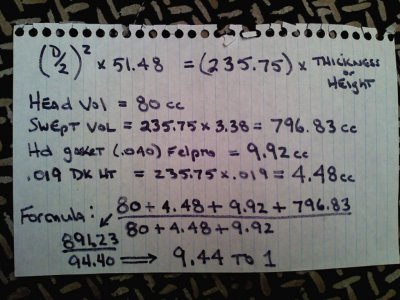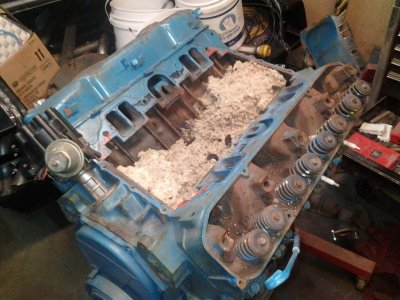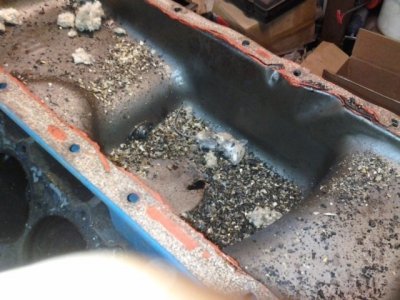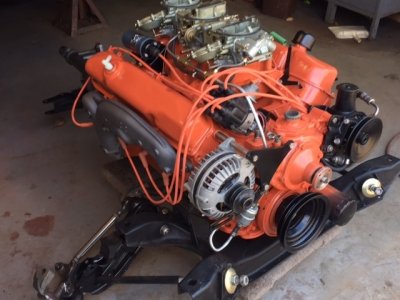Triple Black 73
Well-Known Member
I bought the wrong cam for my low compression 383. The CompCam Camquest tool says the XE256H (21-221-4) is a "great fit" for the engine. I plan to buy the whole kit: https://www.summitracing.com/parts/cca-k21-221-4 Will this cam work good for me? Is there a better cam for the engine?
Here are the engine specs:
Block: 9.985 (Decked .005)
Piston Compression Height: 1.848 (Cast Silver-o-Lite flat top)
Bore: 4.310
Stroke: 3.375
Gasket: 0.020 (Mopar steel shim head gasket)
Heads: 346 milled 0.010 ~78.5 cc
Compression Ratio: ~8.75
Other parts: Headman headers, 2 chamber mufflers, stock intake, 850 CFM Thermoquad, Autolite AP-86 spark plugs, MSD 8mm wires
The CamQuest tool says this will make 350hp @4500 and 465tq @ 2500 (yeah right!)
Cam specs:
http://www.compcams.com/(S(vuszczyg...mpany/CC/cam-specs/Details.aspx?csid=705&sb=0
Also, my dad says I need to get valve shims to ensure the installed spring heights are correct. (We had an issue of one cylinder having 125 psi due to the valve not closing completely due to weak spring/wrong installed height) Will these work?
https://www.summitracing.com/parts/cca-4755
Here are the engine specs:
Block: 9.985 (Decked .005)
Piston Compression Height: 1.848 (Cast Silver-o-Lite flat top)
Bore: 4.310
Stroke: 3.375
Gasket: 0.020 (Mopar steel shim head gasket)
Heads: 346 milled 0.010 ~78.5 cc
Compression Ratio: ~8.75
Other parts: Headman headers, 2 chamber mufflers, stock intake, 850 CFM Thermoquad, Autolite AP-86 spark plugs, MSD 8mm wires
The CamQuest tool says this will make 350hp @4500 and 465tq @ 2500 (yeah right!)
Cam specs:
http://www.compcams.com/(S(vuszczyg...mpany/CC/cam-specs/Details.aspx?csid=705&sb=0
Also, my dad says I need to get valve shims to ensure the installed spring heights are correct. (We had an issue of one cylinder having 125 psi due to the valve not closing completely due to weak spring/wrong installed height) Will these work?
https://www.summitracing.com/parts/cca-4755




















